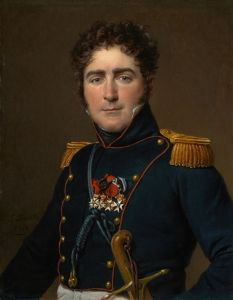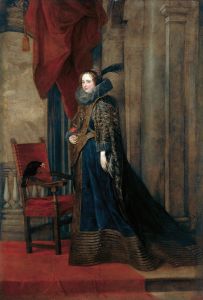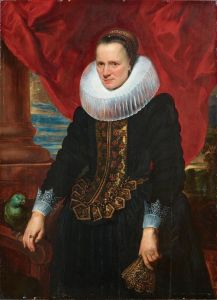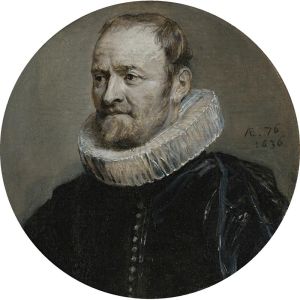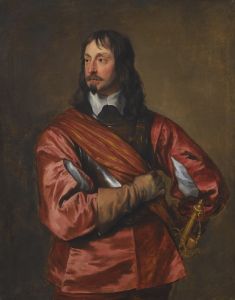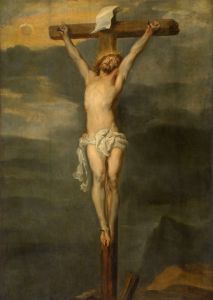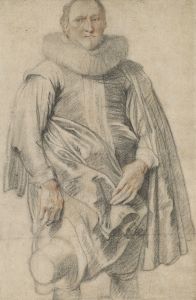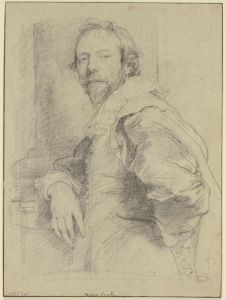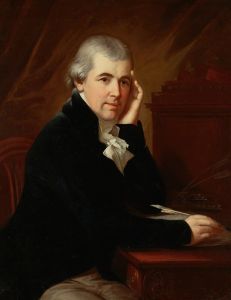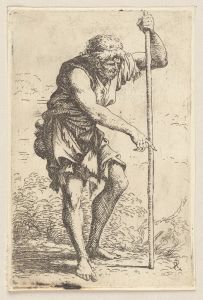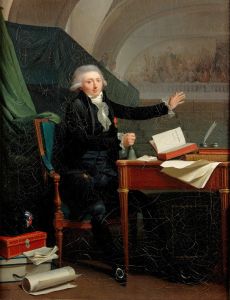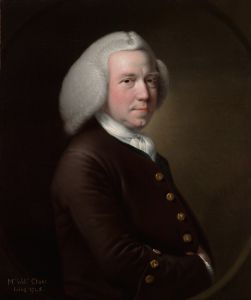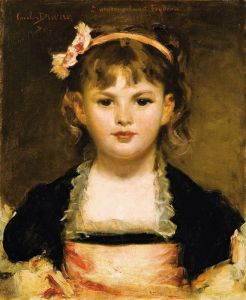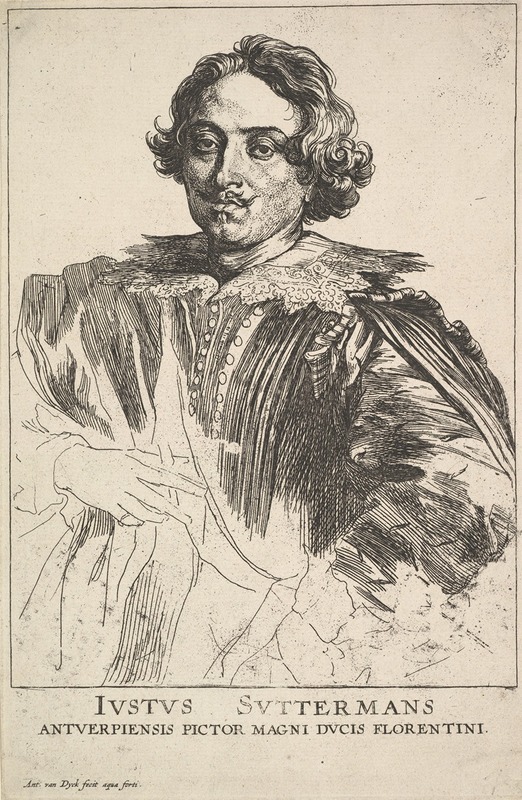
Portrait of Justus Suttermans
A hand-painted replica of Anthony van Dyck’s masterpiece Portrait of Justus Suttermans, meticulously crafted by professional artists to capture the true essence of the original. Each piece is created with museum-quality canvas and rare mineral pigments, carefully painted by experienced artists with delicate brushstrokes and rich, layered colors to perfectly recreate the texture of the original artwork. Unlike machine-printed reproductions, this hand-painted version brings the painting to life, infused with the artist’s emotions and skill in every stroke. Whether for personal collection or home decoration, it instantly elevates the artistic atmosphere of any space.
"Portrait of Justus Suttermans" is a painting by the renowned Flemish Baroque artist Anthony van Dyck. Van Dyck, born in 1599 in Antwerp, was a prominent painter known for his portraits of European aristocracy and his influence on the style of portraiture in the 17th century. He was a leading court painter in England and had a significant impact on the art of portraiture with his elegant and sophisticated style.
Justus Suttermans, the subject of this portrait, was a notable Flemish painter himself, primarily active in Italy. Suttermans was born in 1597 in Antwerp and became well-known for his portrait work, particularly in Florence, where he served as a court painter for the Medici family. His works were characterized by their detailed realism and vibrant color palette, which were highly appreciated by his patrons.
The portrait by Van Dyck captures Suttermans with a sense of dignity and poise, reflecting the mutual respect between the two artists. Van Dyck was known for his ability to convey the personality and status of his sitters through his use of composition, lighting, and brushwork. In this painting, Van Dyck employs his signature style, characterized by a refined elegance and a keen attention to the textures of fabric and flesh.
The painting is believed to have been created during Van Dyck's Italian period, which lasted from 1621 to 1627. This was a formative time in Van Dyck's career, as he was heavily influenced by the works of the Italian masters, particularly Titian. During his time in Italy, Van Dyck honed his skills in portraiture, developing a style that combined the grandeur of the Baroque with the subtlety of the Venetian school.
In "Portrait of Justus Suttermans," Van Dyck's mastery of chiaroscuro is evident, as he uses contrasts of light and shadow to give the figure a three-dimensional presence. The background is typically subdued, allowing the focus to remain on Suttermans, whose expression is both contemplative and assured. The portrait not only serves as a testament to Van Dyck's skill as a portraitist but also highlights the artistic exchange and camaraderie between two accomplished Flemish painters working in Italy during the Baroque period.
The painting is part of Van Dyck's extensive body of work, which includes numerous portraits of notable figures of his time. His portraits are celebrated for their psychological depth and the way they capture the essence of the sitter. Van Dyck's influence extended beyond his lifetime, as his approach to portraiture set a standard that would be emulated by artists for generations.
Today, "Portrait of Justus Suttermans" is appreciated not only for its artistic merit but also for its historical significance, offering insight into the relationships and artistic circles of the 17th century. The work exemplifies Van Dyck's ability to blend technical skill with a deep understanding of his subjects, making it a valuable piece in the study of Baroque portraiture.





